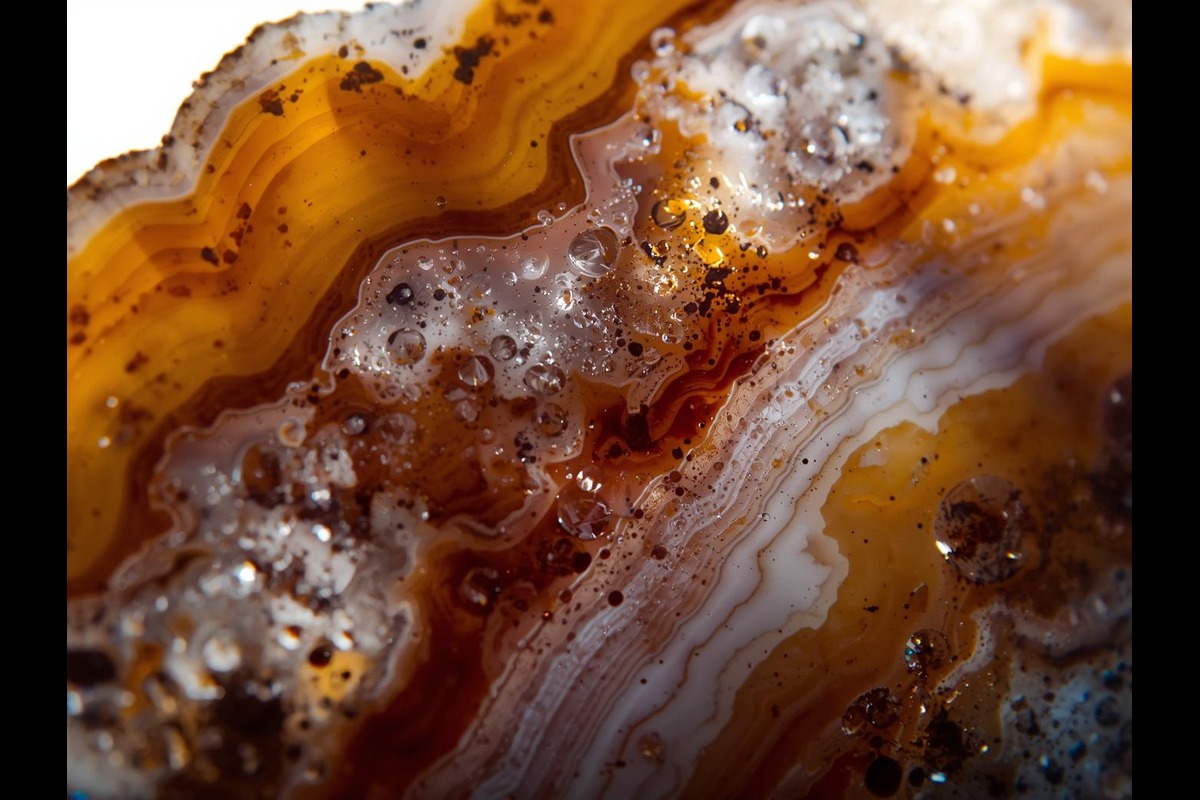
Simple Car Maintenance Everyone Should Know
- admin
- Automobile
- Jul 10, 2025
- 274K
Regular car maintenance keeps your vehicle safe and reliable. Neglecting upkeep can lead to costly repairs or breakdowns. Maintenance improves your car’s performance and longevity. It also ensures better fuel efficiency and fewer emissions.
Keeping up with maintenance schedules protects your investment. A well-maintained car holds its resale value better. Maintenance helps prevent unexpected failures that could leave you stranded. Knowing your car’s needs reduces stress and unexpected costs.
Checking and Changing Engine Oil
Engine oil lubricates engine parts, reducing friction and preventing wear. Low or dirty oil can cause serious engine damage. Checking oil levels monthly is a simple but crucial step for car health.
Changing the oil and oil filter regularly keeps the engine running smoothly. Most cars require oil changes every 5,000 to 7,500 miles. Use the recommended oil type for your car model to ensure optimal performance.
Maintaining Tire Health
Tires are your car’s only contact with the road, making their condition vital. Check tire pressure monthly using a reliable gauge. Properly inflated tires improve fuel efficiency and prevent uneven wear.
Rotate your tires every 6,000 to 8,000 miles to extend their lifespan. Inspect tread depth and look for damage like cuts or bulges. Replace tires before the tread wears down to the legal minimum for safety.
Monitoring Fluid Levels
Apart from engine oil, several fluids keep your car running smoothly. These include coolant, brake fluid, transmission fluid, and power steering fluid. Regularly check these fluids to avoid breakdowns or component damage.
Coolant prevents engine overheating, while brake fluid ensures braking efficiency. Transmission fluid helps gears shift smoothly, and power steering fluid aids steering. Top off or replace fluids as needed following the owner’s manual.
Replacing Air Filters
Air filters prevent dirt and debris from entering your engine. A dirty air filter reduces fuel efficiency and engine power. It’s recommended to check your air filter every 12,000 miles and replace if necessary.
Replacing air filters is an easy DIY task. A clean air filter improves acceleration and reduces emissions. For best results, use filters specified for your vehicle model.
Inspecting and Replacing Brake Pads
Your brakes are essential for safety. Worn brake pads reduce braking power and can damage rotors. Listen for squeaking or grinding sounds, which indicate it’s time to inspect them.
Brake pads usually last between 25,000 to 70,000 miles, depending on driving habits. Regular inspections every 10,000 miles help catch wear early. Replace pads before they wear down completely for safe driving.
Battery Care and Maintenance
Car batteries provide the electrical power needed to start your engine. Check your battery terminals for corrosion regularly. Clean corrosion using a mixture of baking soda and water with a brush.
Test your battery’s charge during routine service visits. Batteries typically last three to five years. If your car struggles to start or electronics act erratically, consider having the battery tested or replaced.
Changing Spark Plugs
Spark plugs ignite the air-fuel mixture in your engine. Worn spark plugs cause misfires, rough idling, and poor fuel economy. Changing spark plugs every 30,000 to 100,000 miles improves performance.
Use the spark plugs recommended for your vehicle. Replacing spark plugs can be a simple DIY job if you have basic tools. A fresh set ensures smoother starts and better acceleration.
Maintaining the Cooling System
The cooling system prevents your engine from overheating. Check coolant levels regularly and top up with the correct mixture of water and antifreeze. Overheating can cause serious engine damage.
Flush and replace coolant according to your car’s service schedule. Inspect hoses and radiator for leaks or cracks. Proper cooling system maintenance prevents breakdowns, especially in hot weather.
Keeping Your Car Clean
Regular washing protects your car’s paint and prevents rust. Dirt, salt, and debris can damage the finish and undercarriage. Wash your car every two weeks, and wax it every few months for protection.
Clean the interior by vacuuming and wiping surfaces to maintain a comfortable environment. Keeping windows clean improves visibility and safety. A well-maintained car looks better and holds value longer.
Checking Lights and Signals
Ensure all your car’s lights and signals work correctly for safety and legal compliance. Check headlights, brake lights, turn signals, and hazard lights regularly. Replace any burnt-out bulbs promptly.
Clean light covers to keep them bright and visible. Faulty lights reduce your visibility to other drivers, increasing accident risk. Regular checks prevent issues during vehicle inspections or nighttime driving.
Planning Routine Professional Inspections
Besides basic DIY maintenance, schedule professional inspections at recommended intervals. Mechanics can spot hidden issues early, saving money and preventing breakdowns. Follow the service schedule in your car’s manual.










